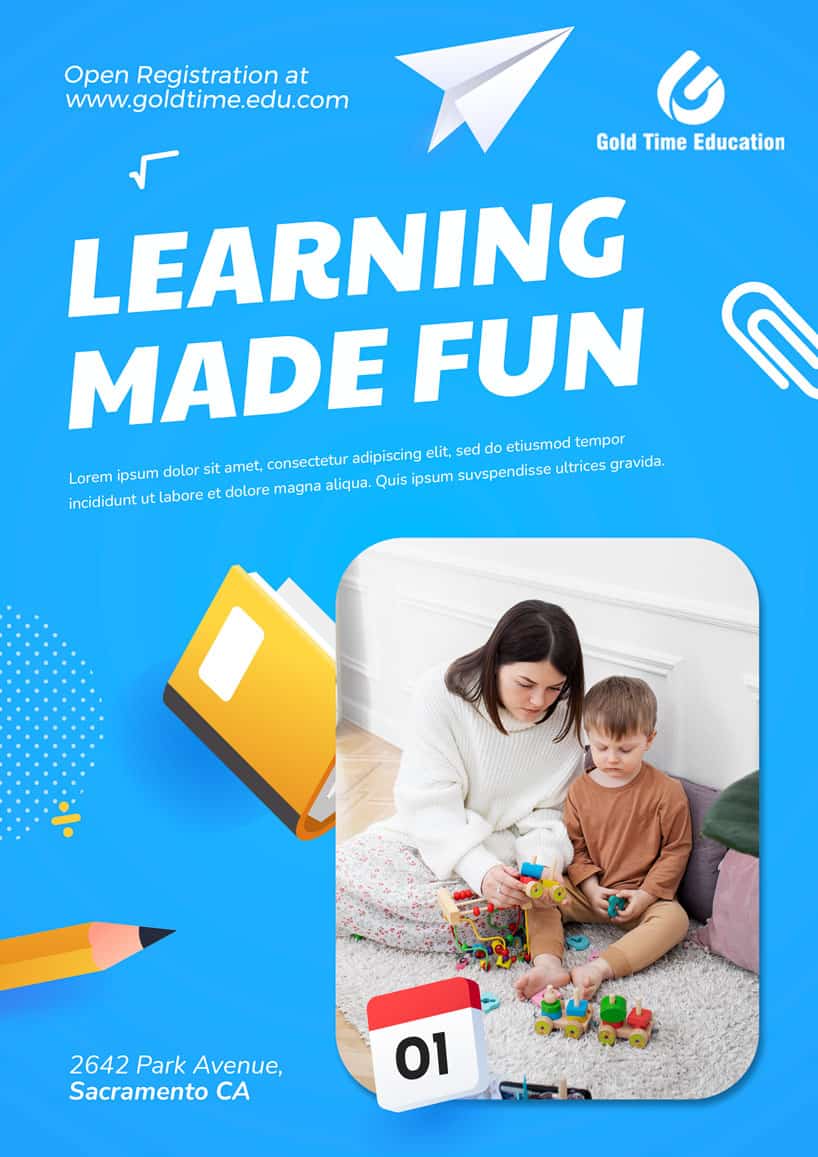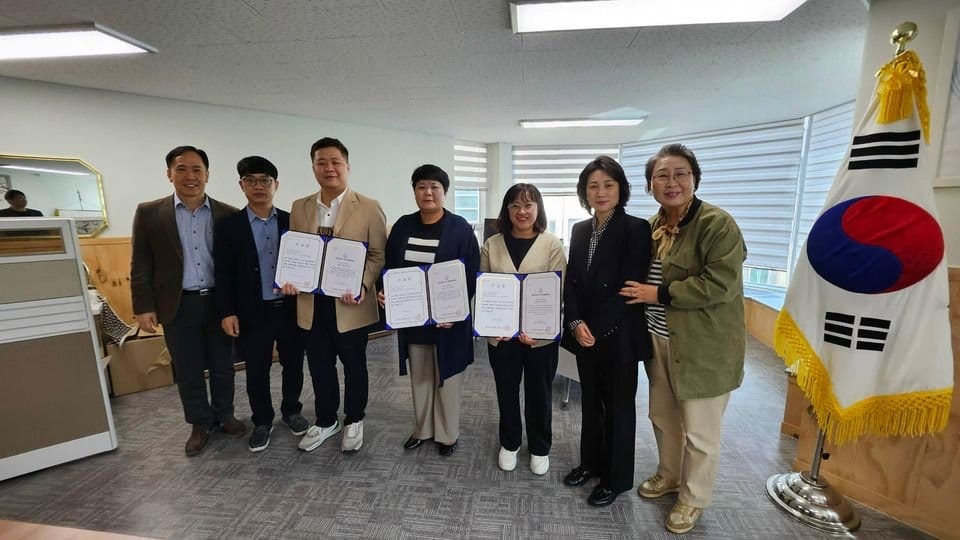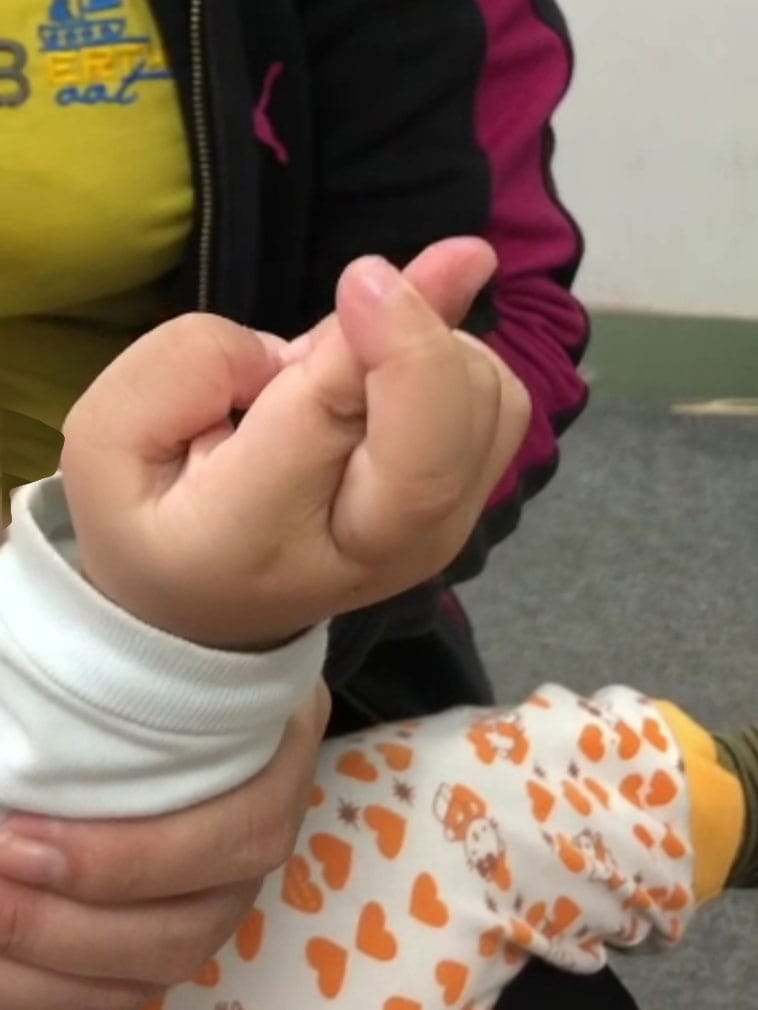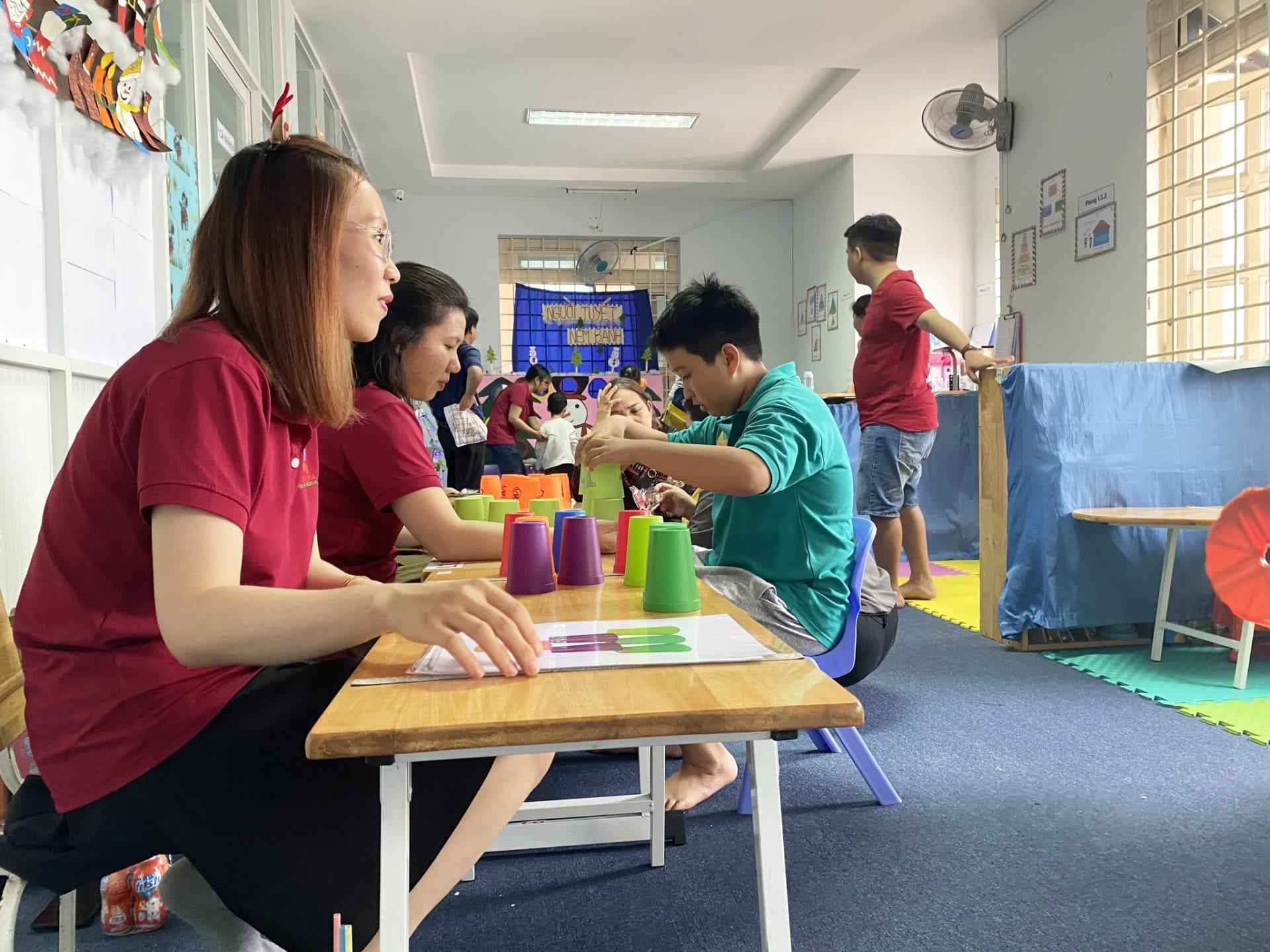Combining various approaches is necessary to intervene in hand-playing behavior in children with disorders.
Occupational therapy (OT) interventions focus on improving motor coordination between muscles and joints, especially in the upper extremities (hands). Through motor exercises and physical activities, OT therapy helps children balance proprioception, reduce symptoms of vestibular disorders, regulate sensory input, and support brain-eye-hand coordination in fine motor activities.

– Exercises with sensory balls: gripping, squeezing, rolling hard sensory balls, soft sensory balls, placing the sole of the foot on a sensory ball and rolling it with the foot…
– Brushing with a brush or comb vertically from the arm down to the palm and between the fingers.
– Touching, feeling, and exploring different materials to perceive differences (smooth, rough, soft, hard, etc.).
– Pinching with two fingers to pick up seeds on a textured mat.
– Activities involving sand, rice, water, clay, playdough, bubble wrap…
– Massaging hands and feet not only enhances interaction and connection between the caregiver and the child but also soothes the mind, creates a sense of security, and stimulates the body.
– Using fingertip pressure to massage the Lao Gong acupoint and massaging along the Baxie acupoints (located between the fingers, in the webbing between the hand and the fingers, across the joint between the hand bones and the fingers). Massage each acupoint for about 30 seconds.
– Rotating finger and toe joints;
– Pressing, massaging finger and toe tips;
– Stimulating finger and toe pads; …
Parents should dedicate 10-15 minutes each evening (before bedtime) to perform these massage exercises with their child. This routine also promotes deep sleep and strengthens brain function. Integrating therapeutic approaches, adjusting nutrition, and implementing educational interventions significantly reduce abnormal behaviors in children.








